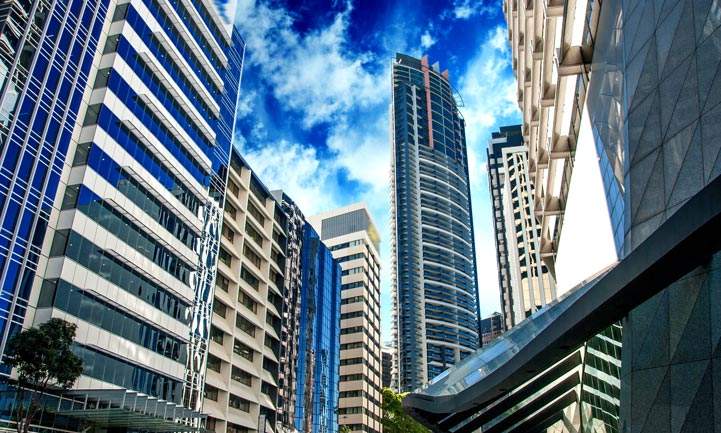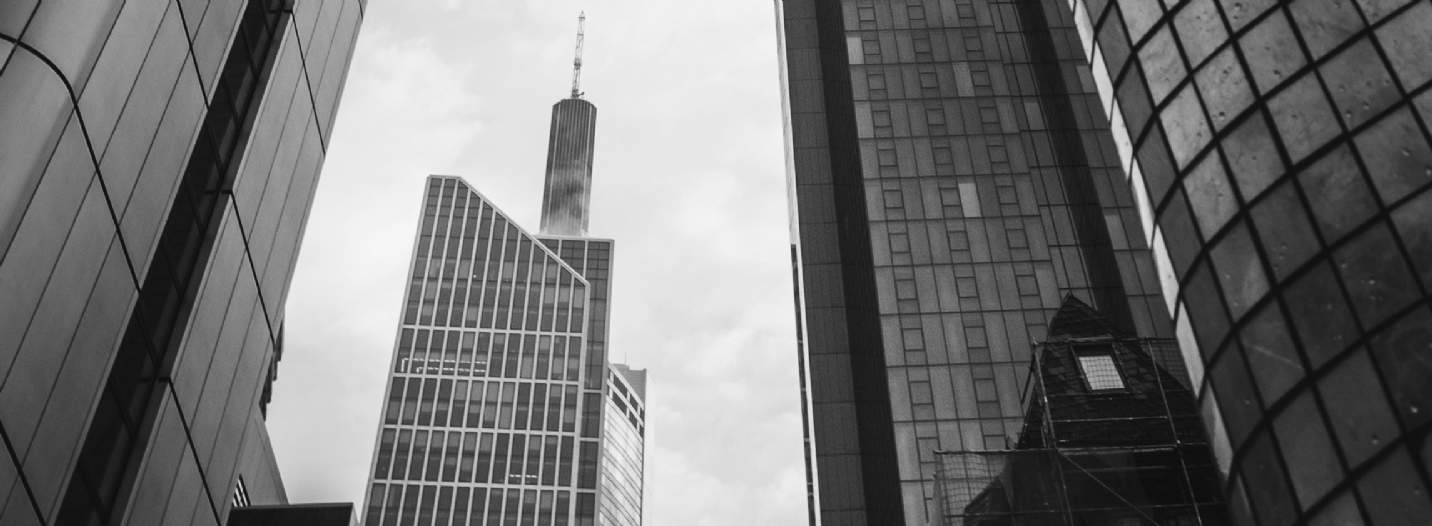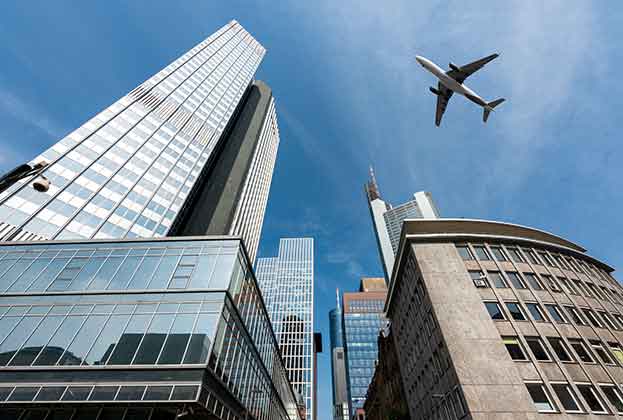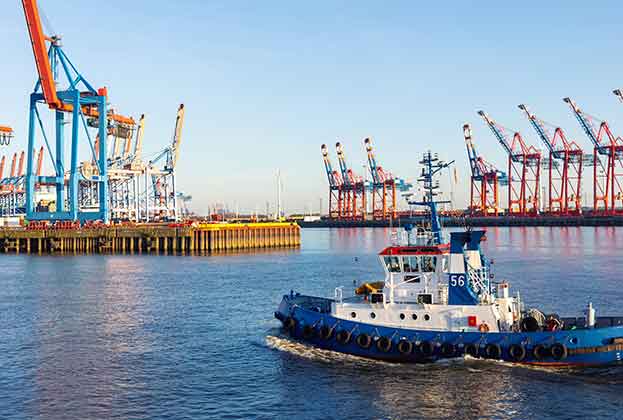Capital markets are largely subdued. Office investment volumes remain suppressed as market conditions continue to support a wait-and-see approach from many investors. Negative sentiment in the US is spreading globally, weighing on investor appetite for offices, irrespective of the occupational backdrop
Commercial real estate is in a state of stasis that makes it very difficult to say anything new this quarter. There is still some liquidity, particularly for smaller lot sizes where cash-rich privates continue to capitalise on the lack of competition from the big players. But the US$33.1 billion in completed office transactions in Q2 globally was more than 60% down on the year, setting a new post-GFC low (beating the previous record set in Q1).
The lack of market activity provides very little transparency on pricing. The cost of debt remains largely prohibitive for the large institutional buyers, and vendors are thus reluctant to bring new assets to the market, knowing that price discovery continues to work against them. Current risk premiums appear meagre considering the level of uncertainty in the market, and certainly do not reflect the prevailing bearish sentiment.
Benchmark prime office yields rose again in Q2 in Sydney, London, Madrid, Frankfurt, and the increasingly distressed market of Los Angeles. Most markets will continue to see upward pressure on yields through this seemingly never-ending period of price discovery, although there is more stability evident in the Asia Pacific region compared with the first quarter, while London too is showing signs of stabilising, absent further interest rate volatility.
Groundhog day
Inflation has peaked, and interest rates will soon reach a crescendo. Sound familiar? That’s because there is a sense of déjà vu in the economic backdrop; since the beginning of this year, the narrative underpinning the global economic outlook has remained broadly consistent (notwithstanding a mini banking crisis in the US). Only the dates have changed. This is weighing on sentiment across real estate markets; investing in illiquid asset classes requires a level of conviction in the future that many are struggling with in the current environment. It’s no wonder that many investors are choosing instead to sit on their hands.
A paradox exists in the global economy which is making economists sound even more enigmatic than usual; good news is bad news, and bad news is good news. Economic growth has proven to be resilient this year, and incoming data has consistently beat expectations. But this is supporting ‘sticky’ inflation, forcing central banks to ratchet up interest rates in response. Expectations of the terminal rate have risen too, such that we are no closer to the peak than we were at the beginning of the year.
Slow burn downturn
And yet, inflation has peaked, and interest rates will soon reach a crescendo. An economic outlook that closely resembles what was expected at the beginning of the year implies that recession calls have been pushed back rather than removed completely. There remains an expectation, or indeed a conviction, that the rapid tightening of monetary policy over the last 18 months will have consequences. Better growth now merely delays the pain. Slower growth is a pre-requisite for inflation to return to target, so central banks will continue to push hard, even at the risk of causing a more severe downturn.
Indeed, the evidence would suggest that the drivers of economic resilience are beginning to roll over as we enter the second half of the year, meaning the slowdown expected at the beginning of the year was merely delayed. Tighter credit conditions are feeding into interest rate-sensitive sectors, such as housing. PMI activity data is slipping from recent highs, even in the services sector. In the US, weaker job growth and falling vacancies are starting to relieve some tension in labour markets and ease the upward pressure on wages. The euro area is already in recession after two consecutive quarters of negative growth. China’s economic recovery is stalling, and weak global trade is hitting growth in export-dependent economies across Asia.
This is good news for global inflation, and good news for those investors eager to see the end of the rate hiking cycle, but it is bad news for occupational markets, which are also showing signs of rolling over. In Europe, the top 10 markets by leasing volume last year experienced a near-30% year-on-year decline in take-up in the second quarter of this year. In the US, nationwide leasing activity was down by around 14% over the same period. Uncertainty in the macroeconomic environment is leading to fewer large discretionary leasing deals, with extensions and renewals increasingly dominating. This mirrors the investment market, which is also dominated by smaller transactions. The majority, it seems, are in ‘wait and see’ mode.
Things are likely to get worse before they get better. A continued deterioration in the global economy will further weigh on occupational demand for the rest of this year. Meanwhile, beyond the immediate downturn, ‘higher for longer’ will require more deleveraging throughout the global economy. This will weigh on the recovery, such that the few years are unlikely to see a rapid acceleration in activity. Given economic growth is the principal driver of rents, this is not a particularly encouraging prospect.

Buy the supply side
However, amid the broad pattern of occupational markets, a major differentiator between markets is supply. In Europe, for example, there remains a dearth of good quality office space, and new development is unlikely to be a significant drag on rents, with speculative space in the pipeline representing less than 3% of total stock across the markets covered in this report.
In Asia Pacific, while excess supply is a concern in Hong Kong and mainland China, in some markets, the tightness in supply is providing a cushion for landlords. In Sydney, for example, the flight to quality is driving a material divergence in rental growth across property grades, with net effective rents (adjusting for landlord concessions) in the premium segment rising by more than 10% year-on-year in Q1. Seoul and Singapore also stand out as markets where supply constraints accentuate the squeeze at the top end of the market.
For courageous equity-rich investors, there are opportunities to acquire prime assets at discounted values
Oliver Salmon, Global Capital Markets, World Research
Even in the US, the office sector is a two-track market, and the best buildings continue to perform. Financial services and law firms, in particular, continue to right size space into better quality offices, supporting stable rents at the top end. In Los Angeles, for example, only 13% of the office stock is green-certified (BREEAM, LEED, WELL).
For courageous equity-rich investors, there are opportunities to acquire prime assets at discounted values, or value add opportunities, where imbalances in supply and demand provide plenty of upside potential for asset value appreciation via rental growth, but we are unlikely to see a broad recovery in capital markets activity until next year.
Read the articles within Taking Stock: Capital Markets Quarterly – Q2 2023 below.





